 Facebook
Facebook
 X
X
 Instagram
Instagram
 TikTok
TikTok
 Youtube
Youtube
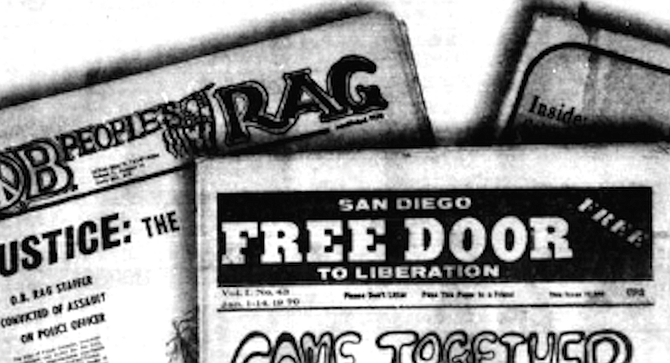
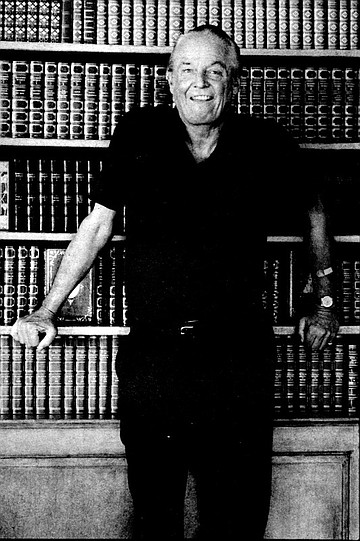
While we have been talking, the sun has been relentless, but Jack remains impervious to my discomfort in my heavy clothing. At one point, I ask whether I can remove my sweater, and then return from his bathroom with my upper torso draped in a heavy bath towel. Jack blinks into the sun and goes right on talking, telling me about his blind date with Joan Crawford in La Jolla in 1955.
By Eleanor Widmer, March 15, 1979 | Read full article
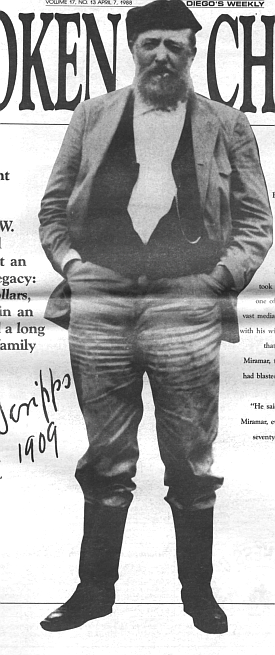
At Miramar, E.W. Scripps hastened to tell his guests Clarence Darrow and Lincoln Steffens that, unlike Times publisher Otis, he was rooting for the labor efforts. “I come off here on these wide acres to get away from the rich. So I don’t think like a rich man. I think more like a left labor galoot, like those dynamiters. They talk about the owner of newspapers holding back his editors. It’s the other way with me.”
By Matt Potter, Apr. 7, 1988 | Read full article

“We were a very close-knit group, and very competitive,” recalls Rick Paddock, who worked at the local edition of the Times from 1978 to 1982 and is currently based in San Francisco as a staff writer for the main edition. “We felt like we were the underdogs because we were certainly outnumbered, but we had high-quality people who not only broke a lot of but looked for innovative ways to tell the news."
By Thomas K. Arnold, Nov. 12, 1992 | Read full article
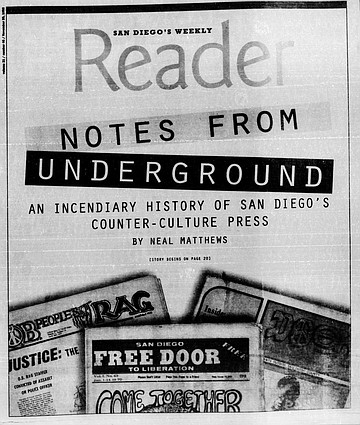
Most of the paper's staff lived in the Door commune in a Victorian House on Albatross Street that rented for $295 a month. In late 1973 they were asked to move by the landlord, Patrick Kruer, a local developer. The staff decided that Kruer would not profit from selling the building's accouterments. "The Door had a party and trashed everything," Ritter recounts sheepishly. "every window was broken, the chandelier was dismantled, every crystal doorknob was taken.”
By Neal Matthews, Nov. 25, 1992 | Read full article

Emmett pled guilty and agreed to testify against fellow defendants in the case. Emmett then went to work for the Baltimore Orioles. Emmett's colleague in the Orioles was Larry Lucchino. Lucchino took over the Orioles after Williams died in 1988. After the Orioles were sold, and Lucchino, along with money man John Moores, bought the San Diego Padres, Emmett was said to have become a member of the Padres board.
Sightings of Emmett in San Diego abounded.
By Matt Potter, March 9, 2000 | Read full article
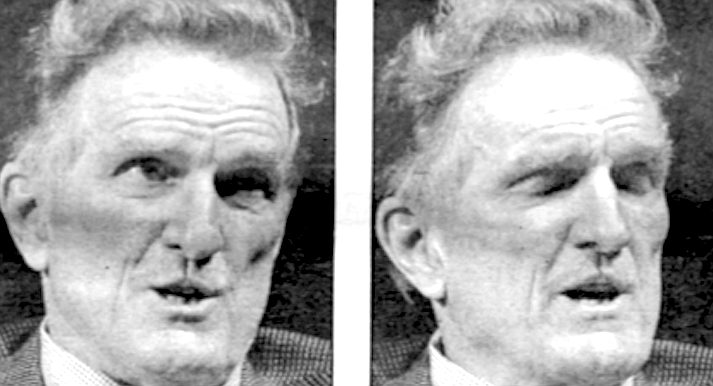
The hypothetical scenario of the Tribune Company resuming a bid to acquire the San Diego Union-Tribune and succeeding is "scary. Then you're talking about a huge monopoly of opinion in a densely populated region of the country. The Copley publications are one of the few San Diego-based corporate headquarters that has real capital and clout. If it were sold to an outside owner, it would become like so many branches in San Diego of other corporations."
By Suzy Hagstrom, April 6, 2000 | Read full article



While we have been talking, the sun has been relentless, but Jack remains impervious to my discomfort in my heavy clothing. At one point, I ask whether I can remove my sweater, and then return from his bathroom with my upper torso draped in a heavy bath towel. Jack blinks into the sun and goes right on talking, telling me about his blind date with Joan Crawford in La Jolla in 1955.
By Eleanor Widmer, March 15, 1979 | Read full article

At Miramar, E.W. Scripps hastened to tell his guests Clarence Darrow and Lincoln Steffens that, unlike Times publisher Otis, he was rooting for the labor efforts. “I come off here on these wide acres to get away from the rich. So I don’t think like a rich man. I think more like a left labor galoot, like those dynamiters. They talk about the owner of newspapers holding back his editors. It’s the other way with me.”
By Matt Potter, Apr. 7, 1988 | Read full article

“We were a very close-knit group, and very competitive,” recalls Rick Paddock, who worked at the local edition of the Times from 1978 to 1982 and is currently based in San Francisco as a staff writer for the main edition. “We felt like we were the underdogs because we were certainly outnumbered, but we had high-quality people who not only broke a lot of but looked for innovative ways to tell the news."
By Thomas K. Arnold, Nov. 12, 1992 | Read full article

Most of the paper's staff lived in the Door commune in a Victorian House on Albatross Street that rented for $295 a month. In late 1973 they were asked to move by the landlord, Patrick Kruer, a local developer. The staff decided that Kruer would not profit from selling the building's accouterments. "The Door had a party and trashed everything," Ritter recounts sheepishly. "every window was broken, the chandelier was dismantled, every crystal doorknob was taken.”
By Neal Matthews, Nov. 25, 1992 | Read full article

Emmett pled guilty and agreed to testify against fellow defendants in the case. Emmett then went to work for the Baltimore Orioles. Emmett's colleague in the Orioles was Larry Lucchino. Lucchino took over the Orioles after Williams died in 1988. After the Orioles were sold, and Lucchino, along with money man John Moores, bought the San Diego Padres, Emmett was said to have become a member of the Padres board.
Sightings of Emmett in San Diego abounded.
By Matt Potter, March 9, 2000 | Read full article

The hypothetical scenario of the Tribune Company resuming a bid to acquire the San Diego Union-Tribune and succeeding is "scary. Then you're talking about a huge monopoly of opinion in a densely populated region of the country. The Copley publications are one of the few San Diego-based corporate headquarters that has real capital and clout. If it were sold to an outside owner, it would become like so many branches in San Diego of other corporations."
By Suzy Hagstrom, April 6, 2000 | Read full article
Comments